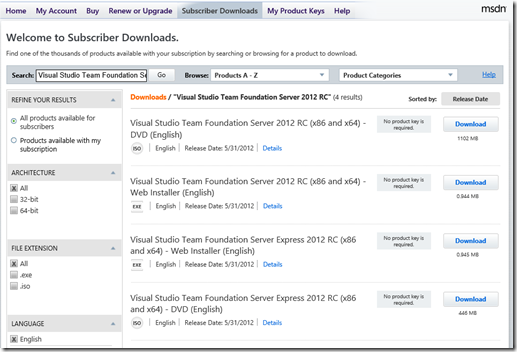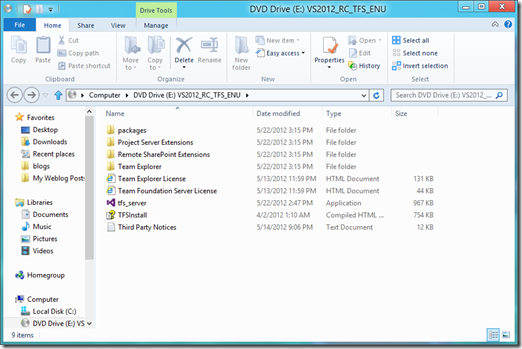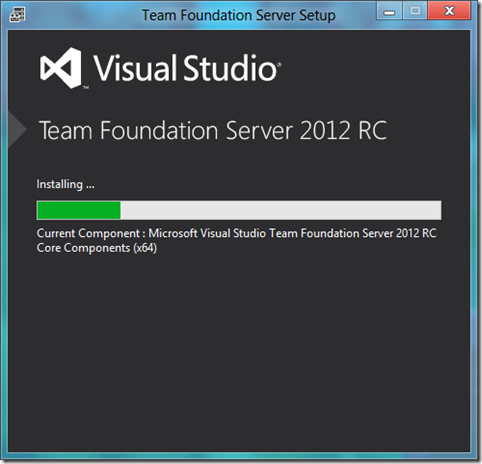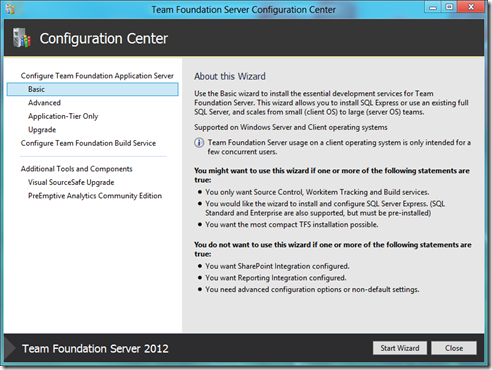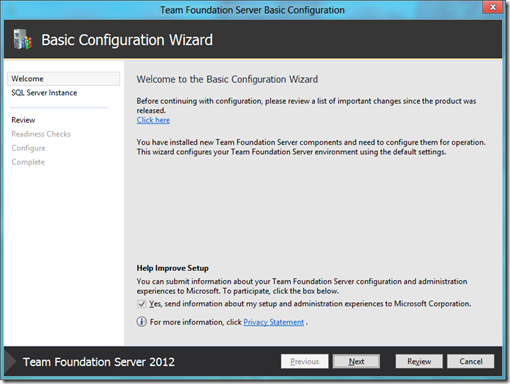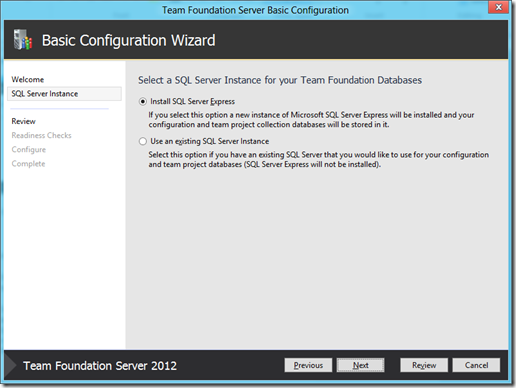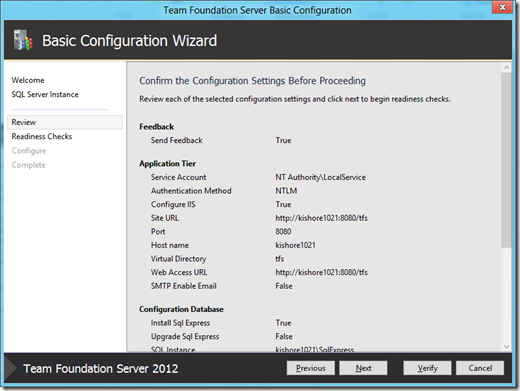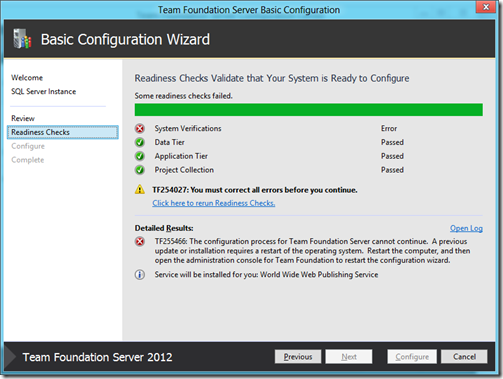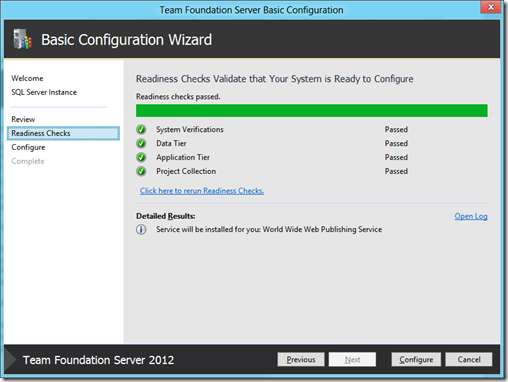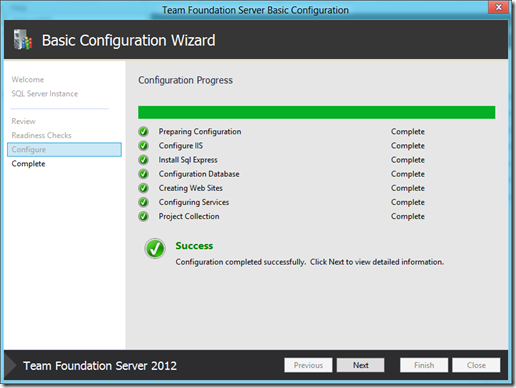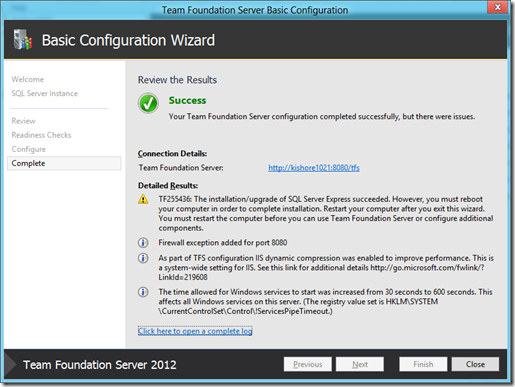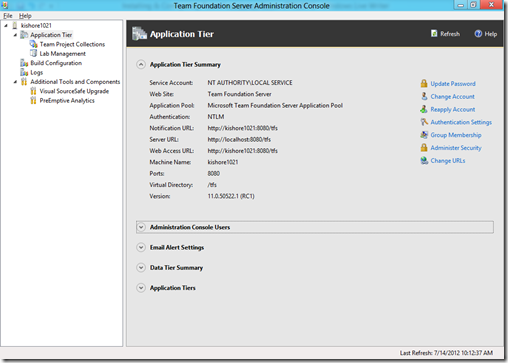Everyone does an individual “personal business plan”. It’s not about the startup or company project. It’s about your personal career plans over the next 3 years or so. So everyone should do their own. Students in my class find it to be one of the more rewarding assignments and often get really into it.
The entrepreneurial process is at its core concerned with “the pursuit of opportunity without regard to the resources already under control.” This process is as applicable to your career as it is to starting a company. The goal of this assignment is to identify where you want to be and how you will get there. Do not worry about your current resources. Think entrepreneurially!
Your personal business plan should include a long-term vision statement, the “external” opportunities that exist, your “internal” (personal) strengths, and a strategy for yourself and your life over the next two to five years. In addition, please share one “failure” from your past and what you learned from it in terms of maximizing your potential for the future.
The assignment should consist of a succinct essay (up to 750 words in bullet points or prose) that summarizes the areas discussed below, as well as the one “failure” wherever you feel it best fits.
Vision and Opportunity
- What are your goals (career and/or educational) after this class?
- What is your purpose, your values and your mission? List the 3 key questions that guide your choices. These should be essential questions that serve as touchstones to direct your life and work. For instance, how can I have impact? What do I love? What do I fear? What engages my passions? How do I want to be remembered? The answers to these questions may well change over time, but when the questions themselves are fundamental they tend to last a lifetime.
- What is the market and opportunity that align with your goals? Don’t restrict yourself to matters of career or work; think more broadly about your opportunities to make a difference.
Marketing and Implementation Strategy
- Create your market positioning statement. This may be directed at a hypothetical employer, industry, organization, or the world at large.
- What compelling value will you offer to your employers and society?
- How will you differentiate from other Stanford students? How about from the broader populace?
Risks and Mitigation
- What are the key milestones and checkpoints in your plan?
- How will you measure/determine if you have successfully attained these milestones? How do you define success?
- What external factors might affect (positively or adversely) your attaining success?
- Develop contingency and risk mitigation strategies.
Personal Board of Directors
- If you could assemble any 2 or 3 people to advise and mentor you, who would they be? They may be alive or dead, family or world leaders, friends or strangers.
- Why would you choose each of them? Is it their wisdom, their accomplishments, their words, their creativity, their character, their heroic deeds or something else?
Evaluation Criteria and Rubrics
Peer evaluations for demo deck are different from the OAP reviews. This time you will evaluate each other more equivalent to the way investors evaluate your work (Check out video on Acid Test for more information). You should use the push button on your team’s demo deck to push your demo deck for peer evaluations. Note: you will not be able to edit your final presentations after your push them for peer reviews. You will have a second chance to edit your presentation and demo deck once the peer evaluations are over.
The Quality of the Presentation
Is the presentation engaging? Does it present a compelling and interesting story about the team? Does the team give a convincing presentation that makes you excited about what they’re doing? If you
could invest or join them, would you?
1-10 scale with 10 being the best, where you found the presentation to be very high quality, engaging and convincing.
A 1 would indicate a poor quality presentation where key information was left out.
The Market
Has the team shown in a convincing way that this is a larger and growing market that they are pursuing? Did they analyze the market that they are selling into? Do they rely on secondary sources or did they also collect some of their own data?
Here a 10 would have estimated the market size in a thorough way and would be addressing a large and quickly growing market.
A 1 would have skipped the market size analysis altogether.
Quality of the Business Model
Did the team clearly explain how their business model works and how they would make money? Did the team appear to have tested their business model in the real world? Are they already making sales? Do you believe they could make sufficient money to earn good profits and cover their costs?
A 10 would have a clear, easy to understand business model where it is clear that they’ve been testing each aspect and moving towards a model where the money flowing in would clearly be significantly more than the money flowing out in costs.
A 1 would be a case where they did not clearly explain how the business model works or where they hadn’t done anything to test key risky assumptions.
The Marketing Strategy and Marketing Page
Does the team appear to have the right marketing strategy? Have they narrowed in on the appropriate target market? Are they running marketing experiments and tracking their results? What is the quality of the marketing page?
A 10 in this case would have run several marketing experiments that were informed by their tests and where they were able to track their results and are getting a good return on their marketing efforts.
A 1 would be a case where they clearly haven’t thought much about marketing yet, or haven’t really done anything to try out a marketing strategy or use their marketing page.
Prototype
Does the team already have a working prototype? Does it already have users or customers?
A 10 would be a case where there is a working prototype with a sizable number of users and paying customers.
A 1 would be a case where they haven’t created a prototype despite the fact that they have a web or mobile app. If they have a physical product then it is acceptable to not have a prototype yet since those can be costly to build.
Final Team Presentation
Opportunity Execution Project gave a chance to your team to think about how to take your idea from a business plan on paper and turn it into a real company. For your final team presentation you will submit:
- An executive summary: no more than a paragraph
- A 10 minute video, or 10 slides
Your video should include a description of your product and the business model, as well as your team and how you got here. For the latter, it is always helpful to tell an appealing personal story.
More specifically your video should include the following:
- Fundamental Problem. What is the fundamental problem you are solving for the end user of your product? What is the fundamental problem you’re solving for your customer (if it is different from the end user)? Give a quick recap of your OAP – just a reminder of your key points and the takeaway.
- Product. What are you building or planning to build. A demo of your prototype if you have one.
- Team. How did you find each other? How did you get here? Try to tell an appealing personal story.
From the following list, you should choose the ones that are applicable:
- Business Model. You now have had some more time to think about your opportunity. Do you have any additional thoughts/changes about the business model?
- Sales and Marketing Strategy.How would you sell your product? What distribution channels would you use? How would you create demand for your product?
- Risk.Regarding financial, technical, people, and market risks; which one is of most concern? Which would you choose to address first and why? How would you manage or minimize each of the high-priority risks going forward?
- Partners and Allies. Who will be your major partners? How will your product be made? Will your company produce all of the parts, or will it use external suppliers? How would you go about attracting these partners and allies to work with your company?
- Funding. How would you fund your venture? Would you bootstrap, take money from venture capitalists, take funding from a corporate investor, etc?
Note that you can create multiple reports, the one you publish on your team blog will be used for your demo page. The details about the demo page format and specifics will be available early next week.

